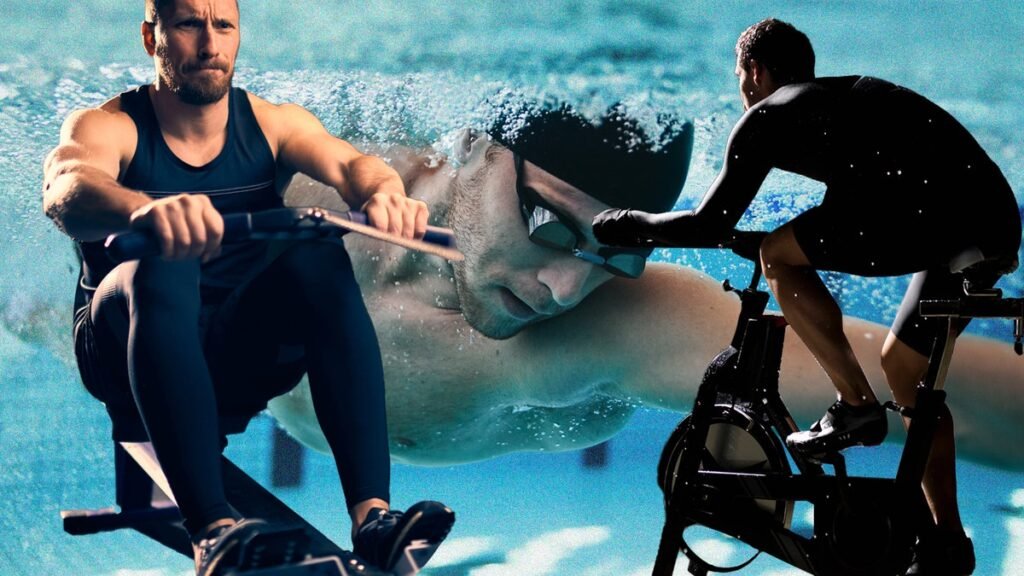If you feel too tired after an hour of exercise, you’re probably working too hard, so slow down!
stationary bike
45 minutes of steady riding on a stationary bike is great for staying in zone 2, building endurance, and strengthening your legs without hurting your knees.
“Set the resistance to a moderate level and maintain a consistent pace,” advises Davidson. “As you can imagine, a common mistake is adding resistance or pedaling too fast – keep it controllable, keep it in zone 2.” Struggling to stay in the zone? Use a heart rate monitor to keep your heart rate in the 60-75% range.
Aerobic dance
Now for something different.
“Dance cardio is a fun way to keep your heart rate in zone 2,” says Dase. “It involves sustained movement, often requiring lots of repetitions of simple steps and rhythms, and is suitable for people of all fitness levels.”
Breakdancing may not be the best here, but there are a variety of classes for beginners or experienced people: Zumba, ballroom, jazz, tap, salsa or traditional folk dance are all popular.
“At the end of the day, style isn’t important, it’s getting your body moving,” Deiss said. “Dance aerobics typically require 45-60 minute classes that include continuous, moderate-intensity movements that engage the core, legs and arms without pushing you into the high-intensity zone.”
As with everything on this list, keep your inner Swayze in check and don’t get carried away, big guy.
boating
Olympic team members aren’t exactly what we have in mind for demure Zone 2 training. But, as Adomite explains, just like running, you can keep rowing without going all out. “A 45-minute workout on the rowing machine provides a full-body workout that keeps you in Zone 2 while being great for building endurance and strength,” she says.
The rower’s slow, steady workout targets the arms, legs, and core while being easy on the joints. “Set the resistance to a low or medium level and maintain a steady pace,” advises Adomite. “A common mistake is letting your form slip when fatigued—focus on smooth, controlled movements throughout your training to get the most out of your workout.”
This story originally appeared in British GQ.

